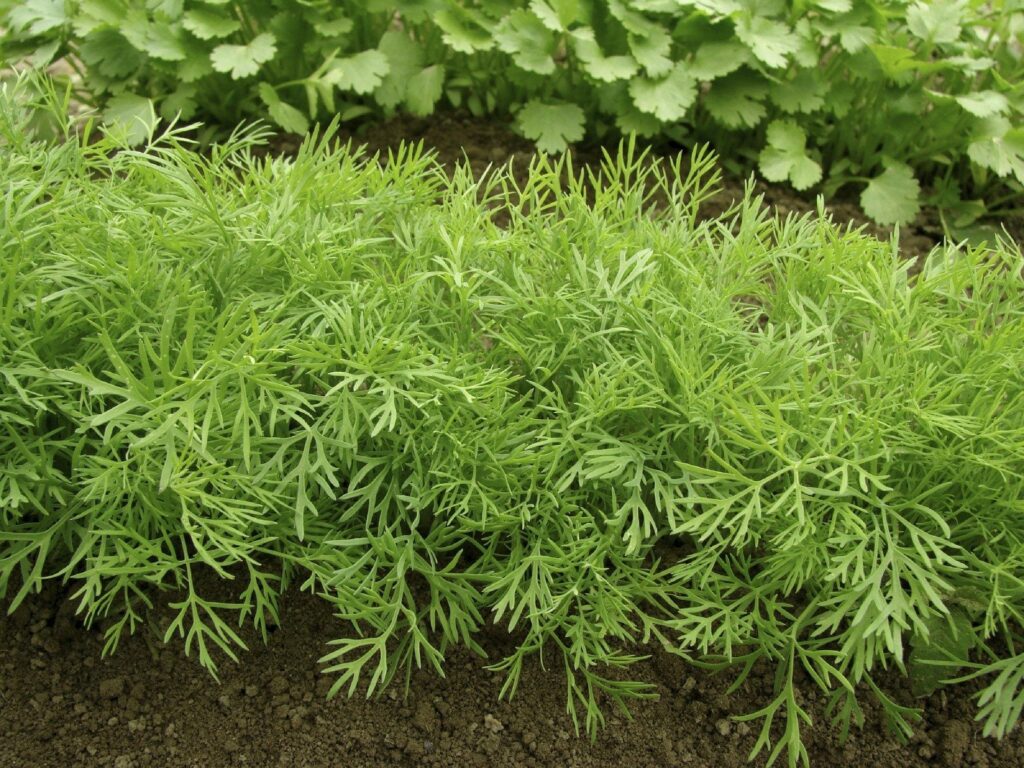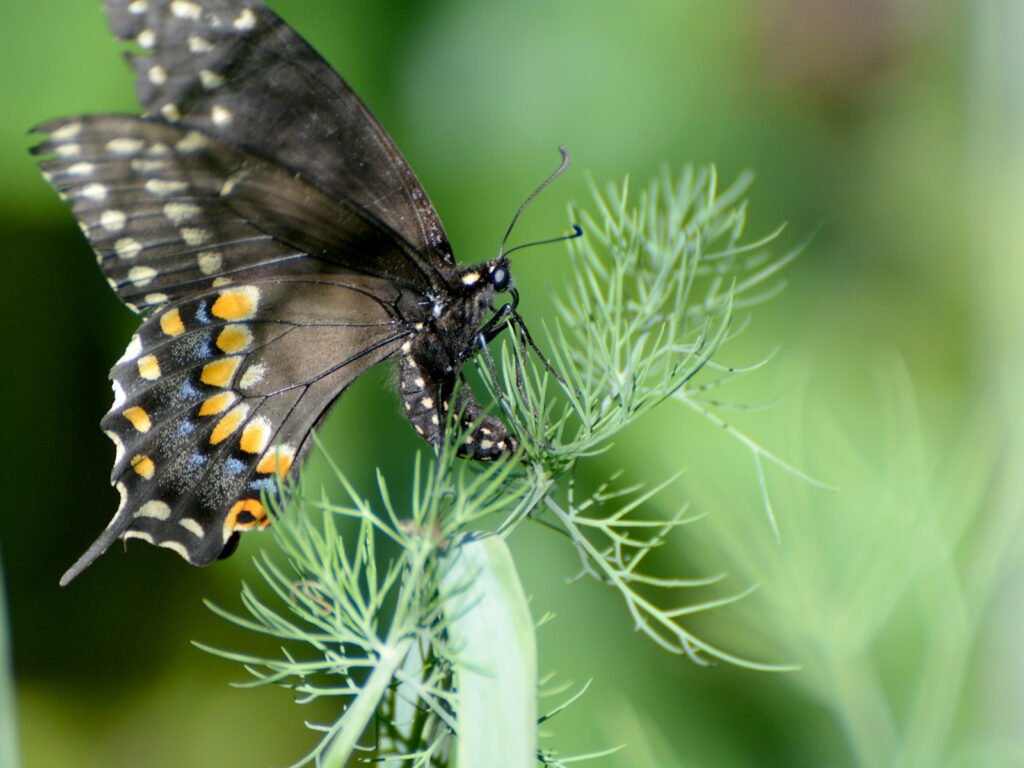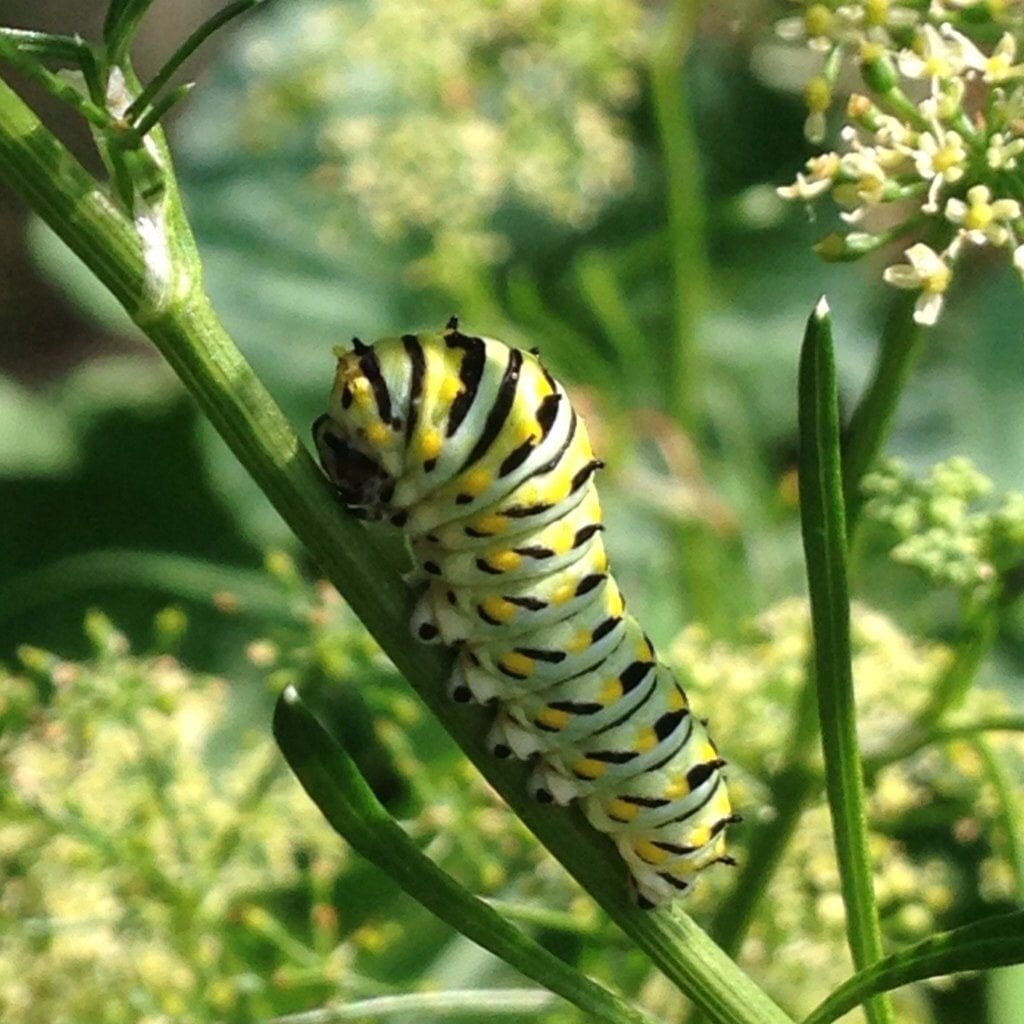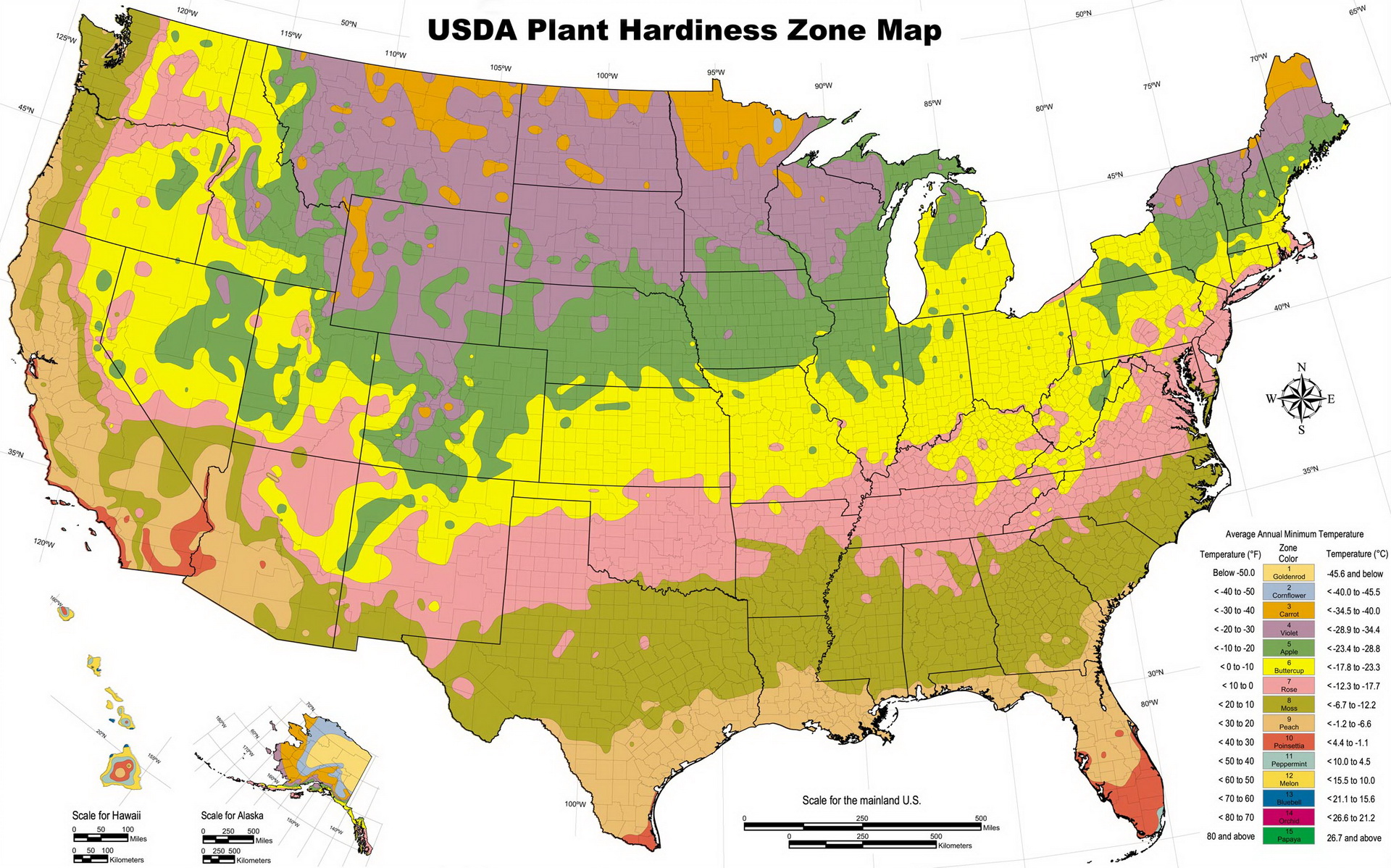Planting Dill ( Anethum graveolens) in the right timeframe is essential for successful growth. Here’s Johnny Butterflyseed’s general guideline for planting dill in USDA zones 3 to 10. Keep in mind that local weather conditions, soil type, and other factors can influence the best planting times.

USDA Zone 3
- Spring: Late April to early May, after the last frost date.
- Fall: Not recommended due to a shorter growing season.
USDA Zone 4
- Spring: Mid to late April, after the last frost date.
- Fall: Not recommended.
USDA Zone 5
- Spring: Early to mid-April, after the danger of frost has passed.
- Fall: Early August for a late harvest.
USDA Zone 6
- Spring: Late March to early April.
- Fall: Late July to early August.
USDA Zone 7
- Spring: Mid to late March.
- Fall: Mid to late July.
USDA Zone 8
- Spring: Early to mid-March.
- Fall: Early to mid-July.
USDA Zone 9
- Spring: Late February to early March.
- Fall: Early July.
USDA Zone 10
- Spring: Mid to late February.
- Fall: Late June to early July.

500 Bouquet Dill Seeds for North America – Black Swallowtail
With more than one full gram in every pack, you’ll receive an astonishing number of seeds (well over 500) – enough to transform your garden into a dill paradise. Attracts Black Swallowtails. For all North America.
Additional Considerations
- Indoor Planting: In colder zones, starting dill indoors 4-6 weeks before the last expected frost can give plants a head start.
- Successive Planting: Planting dill every 2-3 weeks during the growing season ensures a continuous supply.

These dates are general guidelines and can vary based on specific local conditions. It’s advisable to consult local gardening centers, cooperative extensions, or online planting calendars tailored to your exact location for the most accurate planting dates for dill.

The Adventures of Johnny Butterflyseed – Author Signed First Edition Children’s Book
Save the monarchs!
Johnny Butterflyseed and his fairy friend, Raven Silverwing, embark on a mission to save the rapidly disappearing butterflies. They enlist the help of Queen Venus Goldwing and her kingdom of monarchs to educate and inspire kids to become butterfly farmers. At first, Johnny faces his own internal struggle with self-doubt and fear in his ability to make a difference, but then soon develops a mindset that allows him to not only get started, but also make progress one day at a time. Through challenge after challenge, Johnny learns that he is not alone in his mission and that there are many people who want to help. Together, Johnny, Raven, and Queen Venus educate thousands of children on becoming butterfly farmers.
